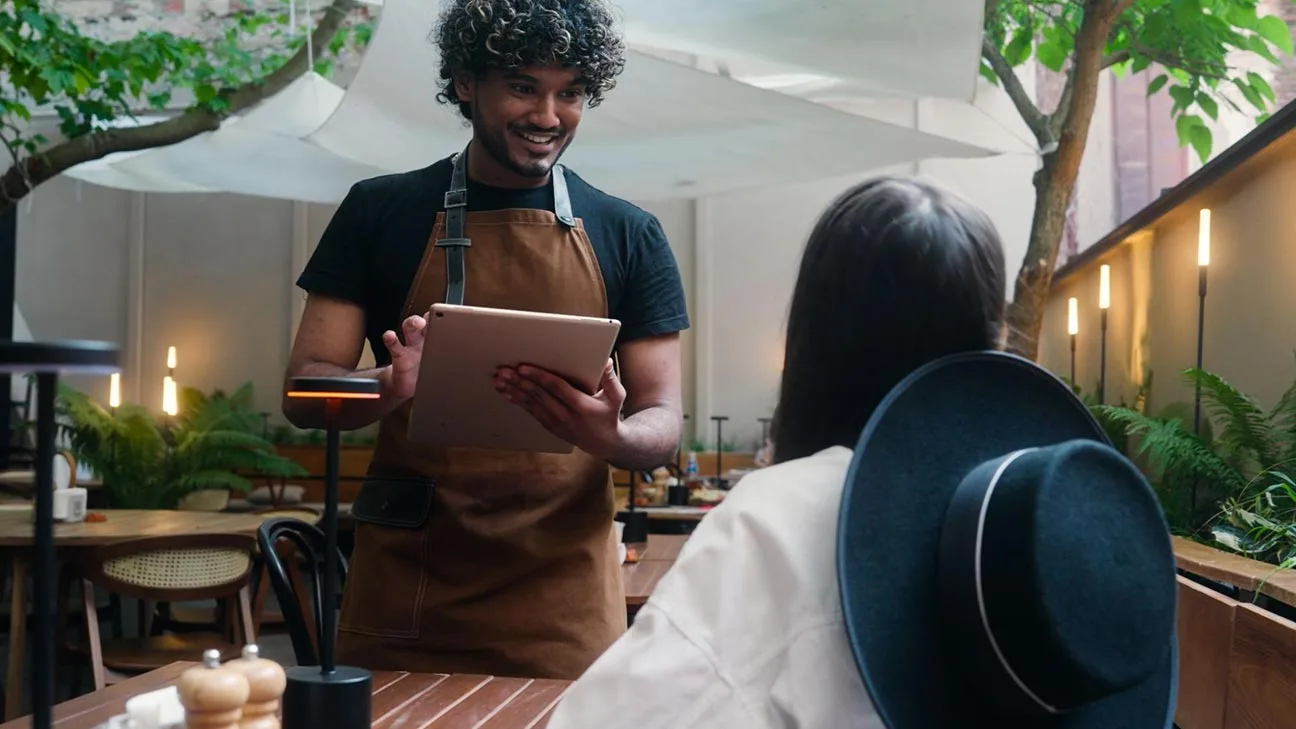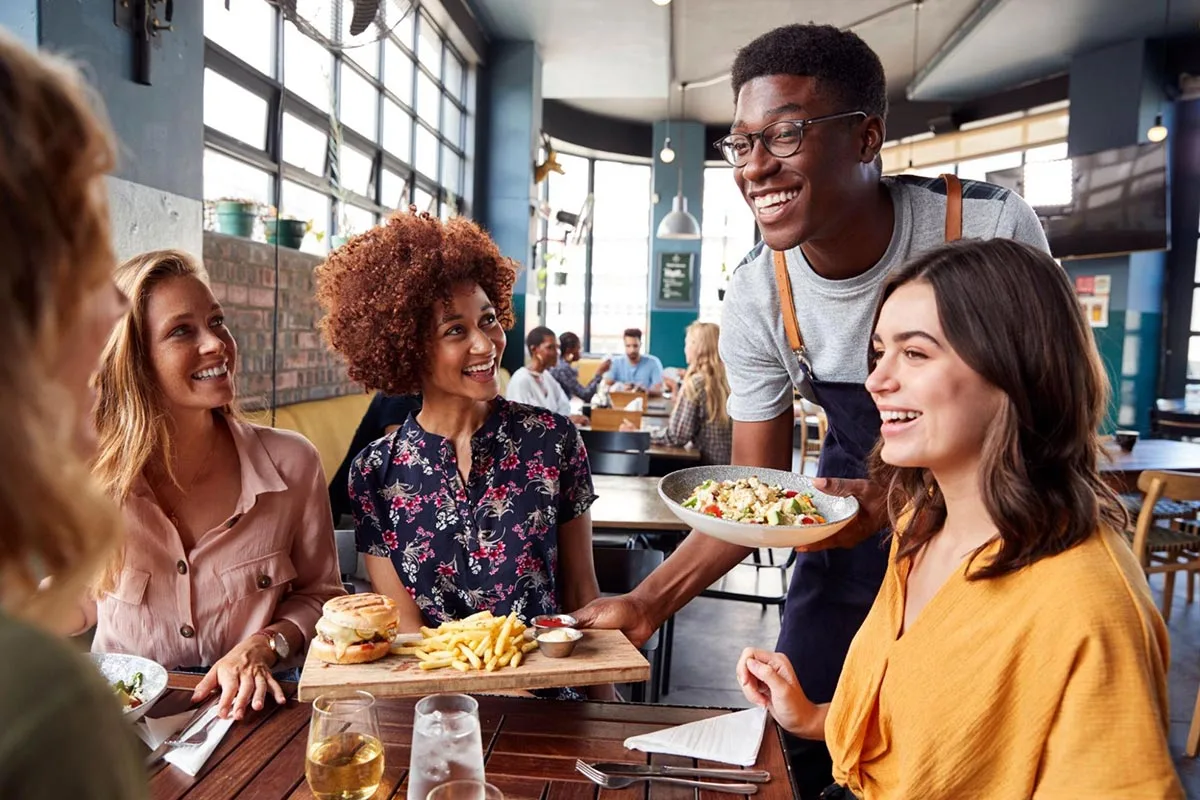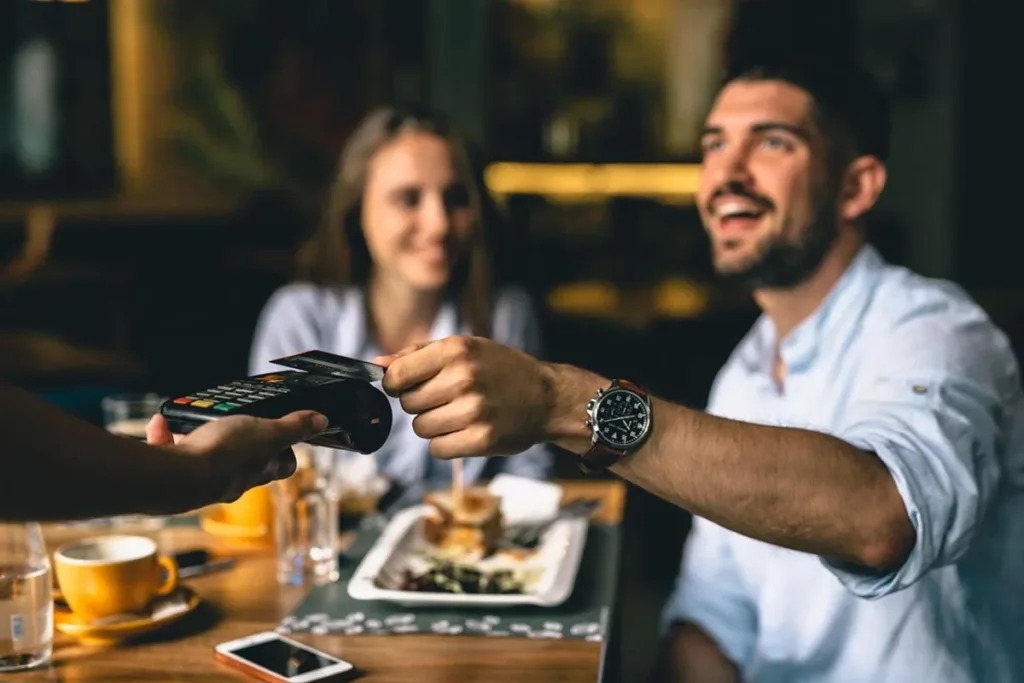How to use guest feedback to increase restaurant profits
Skip the article and turn takeaways into action by scheduling a call with our team.
Picture this: It’s the end of a busy service, silverware clinks on plates as servers bus the last tables, and the final customers of the evening are paying their bills and heading out the door. You scan customers’ faces to read their reaction to their service, asking them how everything was on their way out. They usually respond with something like “Great, thanks.”
But how can you really know what customers are thinking? And what do you do next? That’s what we’ll be covering here—how to use guest feedback to increase restaurant profits.
The connection between guest feedback and profits is quite clear: Satisfied customers turn into repeat business, which is the lifeblood of the restaurant industry. Give your customers what they want—within reason—and they’ll keep your business churning.
Since customer satisfaction is priority numero uno for restaurants, knowing how you scored is mission critical. For that reason, honest customer feedback is invaluable to a restaurant—but can be difficult to come by. The customer experience also differs widely from person to person, so gleaning nuggets of insight that are broadly applicable to requires either detailed feedback or a substantial data set.
Fortunately, there is a variety of strategies available to restaurants to gather feedback, parse the data, and make adjustments accordingly. First, though, let’s take a look at some reasons to take feedback super-seriously.

Why feedback is so important
Receiving honest customer feedback helps you understand the guest experience—ideally, the whole customer journey, from the moment they learn about you. Understanding the customer’s point of view and empathizing with their needs keeps a restaurant ahead of the curve, making proactive choices to improve service and prevent problems before they begin. In some ways, it’s like practicing fire prevention rather than fire extinguishing.
Both positive and negative feedback are invaluable—after all, restaurants that know what they’re good at can double down on their strengths.
Furthermore, a restaurant’s reputation is its lifeline, and that reputation is often found online, whether on social media or in online reviews. Customers absolutely read reviews for restaurants, so know that your reputation will precede you no matter what it is. The difference between 3.5 and 4.5 stars is night and day—negative feedback leads to lost potential customers, while positive feedback is often self-reinforcing via referrals.
Maintaining loyal customers is more than just repeat business, too. The average organic (e.g., unpaid social media) customer acquisition cost (CAC) is anywhere from $62-$99 for sit-down restaurants, and even higher for paid CAC via advertising, from $124-$179. Keeping regulars coming back keeps tables full without all that extra marketing spend—so keep them happy. But how to know what customers really think?
How to gather feedback

Generally, there are two avenues to collect customer feedback: online and in-person. Providing incentives like discounts, loyalty points, or gift cards can encourage guests to provide feedback and answer surveys, as can offering anonymity when possible.
Online feedback
A few methods are available to restaurants looking to gather digital feedback.
Online review platforms like Yelp provide a vital opportunity for restaurants to read and respond to customer reviews. Customers frequently share their thoughts about the dining experience, and restaurateurs are wise to respond to as many as possible. Check our article on how to respond to reviews for insights, and consider how to get Yelp reviews without asking.
Social media platforms give customers a voice when talking about restaurants beyond formal reviews. Customers share photos and their experience with friends and followers, often not directly aimed at the restaurant. Restaurant owners can read posts referencing their service and learn from this indirect feedback, as well as direct feedback posted on official pages. Track word-of-mouth to see who’s talking about your restaurant and where by searching for your business’s name on social media.
Online surveys ask customers direct questions about their experience and can provide crucial insight into target areas. These have come a long way in recent years. For example, restaurants that use Yelp Guest Manager can now automate Guest Experience Surveys sent to guests via SMS—and the data gathered can be cross-referenced with guest profiles. Other survey options include email surveys, QR codes from placards posted on tables, or via customer loyalty programs. Follow-ups immediately post-service keep memories fresh in customers’ minds.
In-person feedback
In-person feedback is just as valuable as online feedback, though it comes with more social filters. A good start to receive high-quality in-person feedback is to train staff to welcome real-time feedback and regularly inquire as to the quality of menu items as well as other customer preferences. It’s important to not overwhelm guests with questions about their experience—one or two questions at key moments, like right after dining or resolving complaints, is plenty.
Providing comment cards in receipt holders or near the door can also be a good way to receive feedback, especially if customers know it’ll be handled anonymously.
Analyzing and acting on feedback

To start analyzing feedback, begin by categorizing it. Some examples of feedback categories include:
- Food quality
- Service
- Ambiance
- Pricing
- Online ordering
Separating feedback further into two categories can help paint both broad and specific pictures. Quantitative feedback includes direct ratings in reviews, e.g., star points. Aggregated, this feedback can give you a broad overview of the above categories.
Qualitative feedback is more detailed feedback about a specific restaurant customer experience and often conveys customer expectations, both met and unmet. For example, a customer complaint on a review site about a negative experience like slow service is valuable qualitative feedback.
Once data has been aggregated, restaurant owners can pull out the magnifying glass and put on their pattern detection hat to spot recurring complaints or praises. Prioritize issues with the biggest impact on customer satisfaction, whatever they may be.
After the feedback has been analyzed, it’s time to turn that feedback into actionable changes. For example, make menu adjustments based on guest preferences. Are prices too high for some items to the point where it’s preventing sales? Lower them if possible. Is the food consistently reported to be too spicy? Train chefs to lower the heat. Is a certain dish super popular? Consider adding similar dishes.
Retrain staff to address service issues and seek out technological solutions where possible. If waitlist management is becoming an issue, for example, Yelp Guest Manager and its smooth automated waitlist system can fix it. Busy host stands can benefit from tools like Yelp Kiosk, which automates much of the seating process and helps servers take care of the people side of business.
Aim for improvements in restaurant operations like faster service (hire more staff or update your POS), cleaner bathrooms (clean more frequently), or quieter music (turn it down). Avoid overwhelming yourself and your staff by implementing too many changes at once—keep it reasonable.
Using feedback for marketing and upselling

Positive reviews and feedback can be marketing gold. Share glowing reviews on social media and websites (with customer approval, of course). No one will blame you for crowing about happy customers, and plenty of new customers’ ears will perk up in response. Restaurants can even tap into testimonials for promotions from loyal customers—it may just make them feel special, too.
Restaurants can use feedback to personalize customer experiences, further driving customer retention by showing them they’re valued. For example, regular guests can receive custom-tailored offerings based on their dietary preferences or favorite dishes. A server armed with the knowledge that a guest loved a certain dish or drink the previous time can recommend it again or something similar.
Servers can tap into feedback trends to see what’s hot and recommend that to customers. Upselling based on popularity—”People have been loving the new rosé”—provides social proof and encourages customers to try something new. Track your best selling high-profit items and promote them wherever possible to drive both customer spend and satisfaction.
Social media marketing can demonstrate to customers that a restaurant is willing to listen and respond to reviews. A post about a new menu item or changed prices with a “We heard you loud and clear!” shows customers their voice matters, even if no restaurant is a democracy.
Measuring the impact on profits

Since you’re already getting analytical, the next step is clear: analyzing how the changes you make are impacting profits. In addition to tracking online ratings, a good way to start is by tracking key performance indicators (KPIs) like:
- Customer retention rates
- Average spend per guest
- Table turnover rate
- Revenue per seat
- Footfall
Compare your metrics and overall revenue before and after implementing any changes to measure the success of the venture. Pay special attention to increased repeat visits, as that’s the crowning achievement of properly handled feedback.
Regularly revisit customer feedback to refine your strategies—adapting to feedback is a continuous process. Stay adaptable, expect changing customer expectations, and keep ahead of the curve whenever possible.
Real-world examples
Major restaurants, especially franchises, spend lots of time and effort tracking customer feedback, both direct and indirect, and responding to it. Take Domino’s, for example. In their famous “Pizza Turnaround,” Domino’s revamped their menu in 2008 in response to often-scathing customer feedback about their food quality and amid increasing competition. The company launched an entirely new pizza recipe—dough, sauce, cheese, the works. The strategy worked, and Domino’s is once again back on top.
Bloomin’ Brands, owner of Outback Steakhouse, is responding to lukewarm customer reviews to a number of menu items across their restaurants by simply axing those from the menu. They anticipate reducing 10-20% of all menu items in 2025. Outback Steakhouse itself is in the process of testing a number of new elements at specific locations and will be rolling out changes throughout the year.
Keeping feedback positive
Restaurants can go a long way toward keeping their feedback positive by offering excellent service all the way from the reservation to the check. Customers that can easily make a reservation or hop on a waitlist using Yelp will develop a positive first impression—which can then be followed up by excellent service, aided by the fully customizable table management in Yelp Guest Manager.
Restaurant owners can easily track metrics with powerful analytics. The automated surveys mentioned above? Those pair directly with guest profile data to give specific insights as to what customers really want—like what a regular usually orders on a Thursday.
Solid software solutions keep restaurants ahead of the curve and do a lot of heavy lifting so restaurant owners can focus more on the people side of the business.
Want to see how Guest Manager can keep your customers happy and increase your profits? Reach out to us for a free demo. We’ve included customer feedback in building our platform, too.